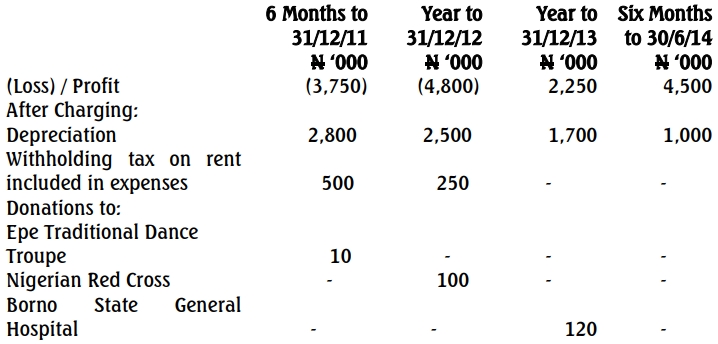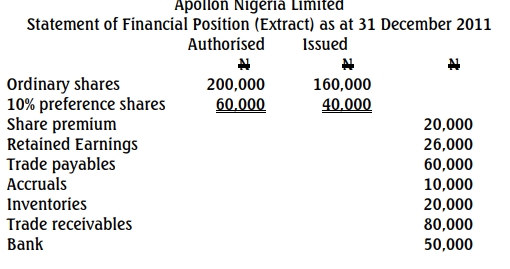- 20 Marks
POT – Mar 2025 – L2 – Q3 – Taxation of Individuals
Determine Selassi Afolabi’s chargeable income for 2023.
Question
a) Selassi Afolabi was employed as the Personnel Manager of Tano North District Assembly on 1 March 2021 on salary scale of GH¢72,000, which is expected to increase by GH¢4,000 annually to a maximum of GH¢84,000. As part of his conditions of employment, he is entitled to the following: i) He has a fully furnished accommodation. ii) He has a vehicle, fuel and driver for official use only. iii) Risk allowance of GH¢2,000 a month. iv) Inconvenience allowance of GH¢1,500 a month. v) Professional allowance of GH¢2,500 a month. vi) He was paid a bonus of GH¢16,000. vii) He had the services of a gardener who receives monthly salary of GH¢800, paid by the employer. viii) He is divorced with three children who are schooling in government approved schools in Ghana. ix) He contributes 5.5% of his salary to the Social Security Scheme. x) He contributes 8% of his salary to an approved Provident Fund and his employers also contributes 10% on his behalf to the Provident Fund. xi) He received a net dividend of GH¢12,800 in 2023 from shares owned in a resident company. xii) He received a director’s fee of GH¢16,000 net of 20% WHT in 2023 from being a Board member in a private company.
Required: Determine his chargeable income for the 2023 year of assessment.
b) Adwoa Ntowbea is an investor in several companies in Ghana and abroad. Below are details of ordinary share dealing of Adwoa Ntowbea in Amaraaba LTD, a limited liability company in Ghana which is not listed on the Ghana Stock Exchange.
| Date | Details |
|---|---|
| 1 Jan 2023 | Bought 500 shares at GH¢11 each |
| 18 Sept 2023 | Bought 1500 shares at GH¢12 each |
| 30 Dec 2023 | Bought 800 shares at GH¢10 each |
| 19 Nov 2024 | Sold 500 shares for GH¢12 each |
Required: i) Determine the gains on the shares sold
ii) Determine the tax, if any, on the shares sold.
iii) Explain the withholding tax regime on realization of capital assets.
iv) What are the tax return requirements on realization of capital gains?
Find Related Questions by Tags, levels, etc.



